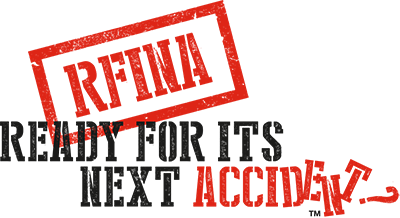Certification – Another View a Week Later
I posted an article last week about Ford Certification and collision facility certification overall. That post led to further investigation and in keeping with the rapidly changing environment a rethinking of my position on certification.
The Canadian business and regulatory environment is very different from that in America, but there is a significant similarity in that both countries regulate vehicle design and safety at the federal level with only licensing and minor functionality regulation at the state and provincial level. In both countries, the repair requirements of these federally regulated vehicles should therefore be the same across the country.
An ongoing theme in previous posts has been the complexity of today’s vehicles. Another theme, almost as strong, has been the challenges to good repair practice presented by the many profit seekers in the repair process.
This profit seeking behavior also has an effect on certification; either overtly, such as a for profit certification program, or more subtly, such as an equipment or service provider influencing decisions at a regional level.
While all participants in the repair industry are working toward making a fair profit, there are places where it is better for all if profit takes a back seat, with regulation and accreditation being an excellent example.
In Canada, the national nonprofit accreditation program CCIAP is perhaps the best chance for a program designed for overall industry health rather than specific profit. As a national program, it has a balanced national board that can consider and evaluate views and positions from across the country, keeping in mind that cars in Newfoundland are the same as the cars sold in BC and repairs have to be done the same way in all regions.
I will present one view here myself. Accreditation should focus on the correct and safe repair of vehicles preformed in a safe environment for the workers in the industry. This would include equipment, training, environmental concerns and individual employee licensing.
Issues of customer satisfaction and business style should be left to the marketplace. Customer satisfaction is not a valid measure of safety, as unsafe repairs are often completely invisible to the vehicle owner. The objective of accreditation is not to standardize the overall experience to the customer, but to provide a safe repair. With demonstrated ability to provide that safe repair as a base the business owner is free to participate in the market with whatever style they chose.
The repair industry is still unregulated, but complexity of vehicle design will require this lack of regulation to end. When it does end, regulation will come at a federal level, as does design regulation now. If these future regulators (who are not that many years in the future) see an accreditation program with national reach and acceptance, it is easy to imagine that the first steps before reinventing the wheel will be to engage the managers of that program in discussion about moving to mandatory accreditation and licensing.
There are many programs of industry self-regulation supported by enabling legislation and a unified voluntary start will ensure that the collision repair industry will stay strong and independent.
